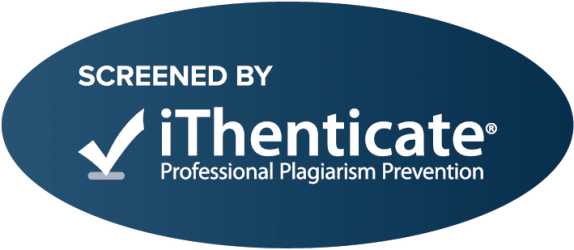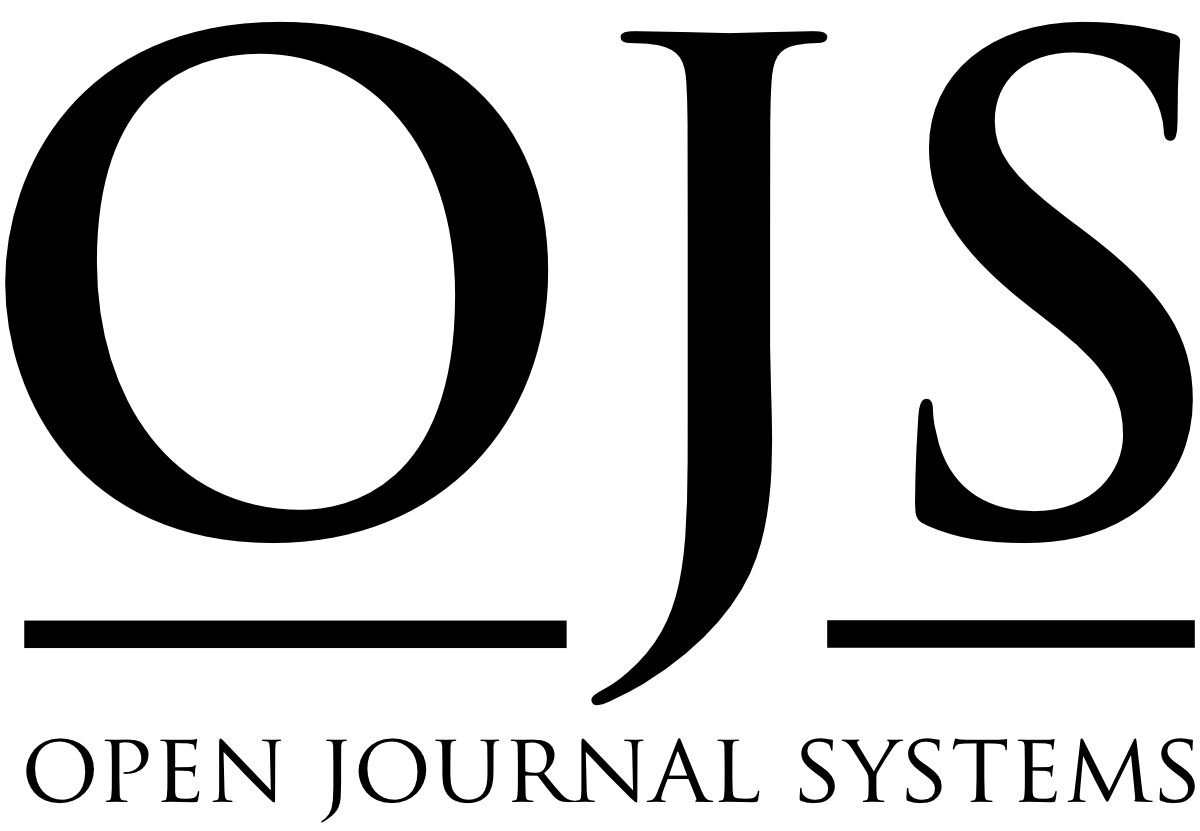Preventing Early Reading Disabilities in Preschool Children At-Risk for Reading Failure: A Phonological Awareness-Based Program
Keywords:
Phonological awareness, pre- reading skills, reading disabilities, preschool childrenAbstract
This study describes an action research project designed to prevent early reading skills of children at- risk for future reading disabilities. A total of 47 children diagnosed as having poor pre-reading skills by teacher's nominations were invited to participate. The sample was randomly divided into two groups; experimental (n= 24 , 16 boys ,8 girls)and control ( n= 23 , 18 boys and 5 girls ). ANCOVA and Repeated Measures Analyses were employed for data analysis. Findings from this study indicated the effectiveness of the program employed in improving the pre -reading skills in the target children. On the basis of the findings, the study supports the idea of PA as a powerful predictor of early reading achievement.Downloads
References
Adams, M. J. (1990). Beginning to read [electronic resource]: thinking and learning about print (pp.299-320).Cambridge Mass.: MIT Press
Bender, W. N. (2001).Learning disabilities: Characteristics, identification, and teaching strategies (4th ed). Allyn and Bacon.
Blachman, B .A, Bali, E. W., Black, R.S ., & Tangel, D.M. (1 994). Kindergarten teachers develop phoneme awareness in low-income, inner-city classrooms. Does it make a difference? Reading and Writing: An Interdisciplinary Journal, 6, 1-18.
Cassady, J. C., & Smith, L. L. (2004). Acquisition of blending skills: Comparisons among body-coda, onset-rime, and phoneme blending tasks. Reading Psychology, 25(4),
-272. Retrieved May 1, 2006, from Linguisticsand Language Behavior Abstracts database.
Catts, H. W. (1991). Phonological processing deficits and reading disabilities. In A.G. Kamhi & H.W. Catts (Eds.), Reading disabilities: A developmental language perspective (pp.101-158). Boston: Allyn and Bacon.
Catts, H. W., Fey, M. E., Zhang, X., & Tomblin, J. B. (2001). Estimating the risk of future reading difficulties in kindergarten children: A research-based model and its clinical implementation. Language, Speech, and Hearing Services in Schools, 32,38- 50.
Cheung, H., Chen, H., Lai, C. Y., Wong, O. C., & Hills, M. (2001). The development of phonological awareness: Effects of spoken language experience and orthography. Cognition, 81(3), 227-241. Retrieved May 2, 2006, from Linguistics and Language Behavior Abstracts database.
Cook, V. & Bassetti, B. (2005). Second language writing systems (1st ed). Clevedon Buffalo: Multilingual Matters
Daly, E. J., Chafouleas, S. & Skinner, C. H. (2005). Interventions for reading problems : designing and evaluating effective strategies. New York : GuilfordPress
Durguno lu, A. Y. (2002). Cross-linguistic transfer in literacy development and implications for language learners. Annals of Dyslexia, 52, 189-204 Retrieved May 24, 2006, from Linguistics and Language Behavior Abstracts database.
Gillon, G. T. (2004). Phonological awareness : from research to practice (pp.1- 60). New York : Guilford Press
Koda, K. (2005). Insights into second language reading : a cross-linguistic approach. Cambridge, UK : New York, NY : Cambridge University Press
Layton, L. & Deeny, K (2002).Sound practice: phonological awareness in the classroom.
London: D. Fulton Publishers
Metsala, J. L. & Ehri, L. C. (1998). Word recognition in beginning literacy (pp.3- 40)[electronic resource]. Mahwah, N.J. : L. Erlbaum Associates
Mourad, Ali Eissa ( 2007).The effectiveness of a phonological awareness training program on reading skills of reading disabled 5-grade students. Banha Journal of education , Vol. 17(72), 95-124
Mourad, Ali Eissa ( 2008).pre-reading skills scale for children . Unpublished test .
Oktay, A., & Aktan, E. (2002). A cross-linguistic comparison of phonological awareness and word recognition in turkish and english. International Journal of Early Years Education, 10(1), 37-48. Retrieved May 30, 2006, from Linguistics and Language Behavior Abstracts database.
Sawyer, D. J. & Fox, B. J. (1991). Phonological awareness in reading : the evolution of current perspectives. New York : Springer-Verlag
Scanlon, D & Vellutino, F. (1987). Phonological coding, phonological awareness and reading ability: Evidence from a longitudinal and experimental study. Merrill-Palmer Quarterly, 33(3), 321-363.
Seri, E. ( 1988) . Children intelligence test. Cairo , Alam AL Kotub.
Share, D.L., & Stanovich, K.E. (1995). Cognitive processes in early reading development: A mode1 of acquisition and individual differences. Issues in Education: Contributions from Educational Psychology, 1,l-57.
Smith, S. B., Simmons, D. C. & Kameenui, E. J. (1998). Phonological awareness: Research Bases. In. Simmons D. C. & Kameenui E. J. (eds.) What reading research tells us about children with diverse learning needs: bases and basics (pp. 61-128). Mahwah, N.J.: Erlbaum
Stanovich, K. E. (1985). Explaining the variance and reading ability in terms of psychological processes: What have we learned? Annals of Dyslexia, 35,67-69.
Stanovich, K. E. (1986). Matthew effects in reading: Some consequences of individual differences in the acquisition of Literacy. Reading Research Quarterly, 21 (4), 360- 406.
Tingley, P. A., Dore, K. A., Lopez, A., Parsons, H., Campbell, E., & Kay-Raining Bird, E. et al. (2004). A comparison of phonological awareness skills in early French immersion and English children. Journal of psycholinguistic research, 33(3), 263- 287. Retrieved April 16, 2006,from Linguistics and Language Behavior Abstracts database.
Torgesen, J. K. (2000).A basic guide to understanding, assessing, and teaching phonological awareness. Austin, Tex.: Pro-Ed Mass.
Treiman, R. (1992). The role of intrasyllabic units in learning to read and spell. In Gough, P. B., Ehri, L. C. , & Treiman, R (Eds.), Reading acquisition (pp.65-106). Hillsdale, N.J.: L. Erlbaum Associates
Wagner, R.(1986). Phonological processing abilities and reading implications for disabled readers. Journal of Learning Disabilities, 19,623-630.
Wagner, R., Torgesen, J., Rashotte, C., Hecht, S., Barker, T., Burgess, S., Donahue,J., & Garon, T. (1997). Changing relations between phonological processing abilities and word level reading as children develop from beginning to skilled readers: A 5-year longitudinal study. Developmental Psychology, 33(3), 468-479.
Yopp, H.K. (1992). Developing phonemic awareness in young children. The Reading Teacher, 45, 696-703.
Additional Files
Published
How to Cite
Issue
Section
License

This work is licensed under a Creative Commons Attribution-NonCommercial-NoDerivatives 4.0 International License.










